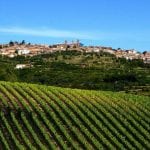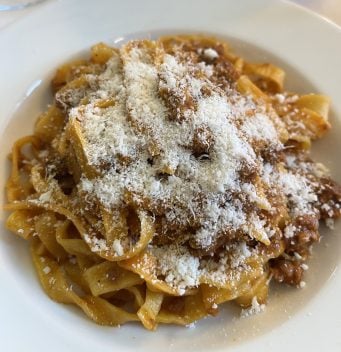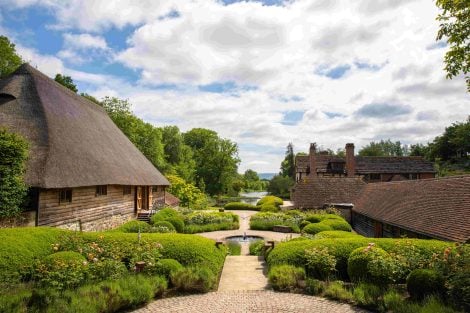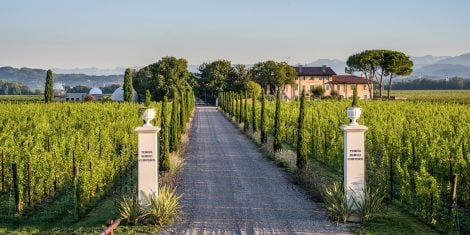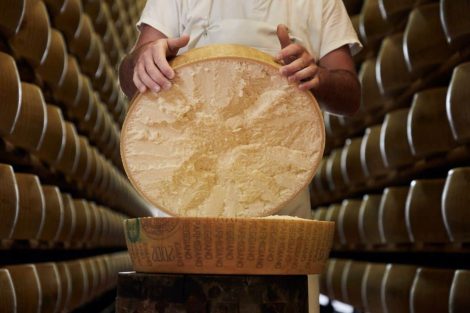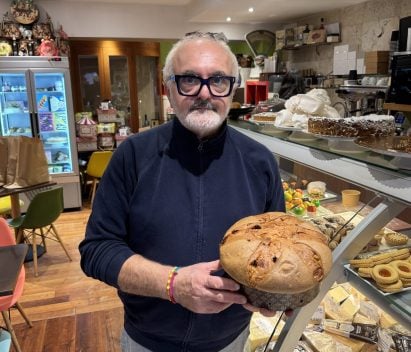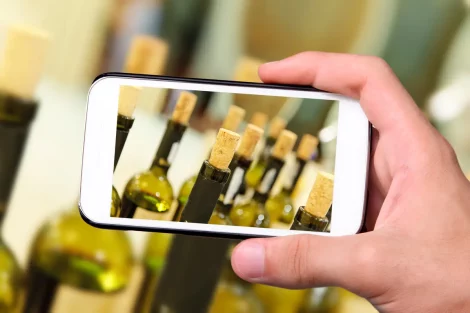Doc Eolie is something more than just an intention — certainly a name full of allure: the reference to the god of the wind, to whom the UNESCO World Heritage islands are dedicated, undeniably carries a mythical connotation. Yet, according to some, it also risks undermining the work done so far. That’s why the debate is ongoing. On the other side of the scale is the more likely establishment of Doc Salina, aimed at enhancing the dry version of Malvasia. How will it end?
Doc Salina or Doc Eolie
The President of the Malvasia delle Lipari Consortium since 2020, Mauro Pollastri — a winemaker on the island of Vulcano with the company Punta Aria — remains open to various proposals to modify the Malvasia delle Lipari DOC regulations. However, given his role, he must also face the realpolitik of the Aeolian wine-producing landscape.
“No option is off the table,” explains the consortium’s head, “but for now, it’s best to move step by step. The successive steps to take are reducing yields, abandoning fortified Malvasia, and only then can we consider a new DOC.”
What Pollastri emphasises most is the reason why this upgrade is necessary:
“The history and prestige of these wines have nothing to envy compared to Italy’s most renowned denominations. Furthermore, it’s important to highlight the specific type of Malvasia we work with. Malvasia di Lipari has a pedigree that makes it one of the finest Malvasias in existence. It’s time to recognise that the Aeolian terroir deserves global recognition, and by developing a well-structured new set of regulations, this goal will be easier to reach.”

The distortions caused by the current DOC setup
At present, as Pollastri explains, the situation lends itself to some ambiguity. For example: a Sicilian company opens a registered office on one of the Aeolian islands, acquires half a hectare of land and sets up a tasting room. This allows them to produce a wine that carries the name of the legal location on the label, even though it’s an IGT Terre Siciliane produced off the islands, with yields exceeding 200 quintals per hectare. Or, in another case, an IGT Salina could be made using a Malvasia that isn’t even from Lipari.
One possible solution, to move towards a practice more aligned with quality standards, could be to eliminate the fortified Malvasia delle Lipari DOC, replacing it with a dry Malvasia delle Lipari — which would then follow the stricter guidelines of a DOC designation.
Another possibility would be to create a brand-new DOC: “DOCs,” the president specifies, “can include subzones. So we could have a Doc Salina with the names of individual islands listed as subzones, and Aeolian Islands as an overarching zone. That way, we could capitalise on the strength of the Aeolian Islands brand.”
The deadlock: those who don’t vinify in the Aeolian Islands
So far, so clear — and relatively feasible — were it not for the fact that not everyone within the consortium agrees, particularly those who don’t vinify or bottle on the islands and who are less inclined to support the creation of a new DOC.
“Hence the deadlock of the last three years,” says Pollastri, “but also the need to keep the conversation going, because all producers must be heard. We’ll move forward step by step, especially in view of the conference we’re organising for September, where various experts in regulatory matters will be present. We hope this initiative will help everyone adopt a more conciliatory stance.”
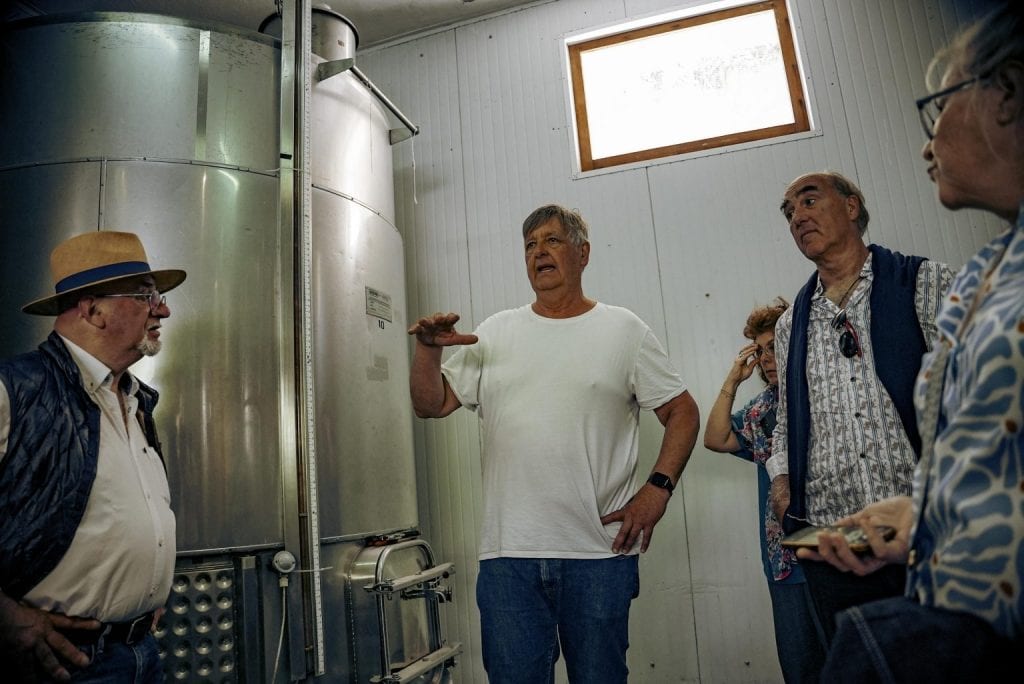
Opposition to Doc Eolie
Not everyone is convinced by the idea of Doc Eolie. For instance, Calogero Marino, who runs the Virgona farm on the island of Salina with his wife Daniela, doesn’t see the need:
“Today, saying ‘Malvasia delle Lipari’ when most of the labels are produced on Salina might seem like a stretch, but we should remember that at the time the DOC was established, speaking of the Aeolian Archipelago and the Lipari Archipelago meant the same thing. Plus, there were more vineyards on the other islands as well.”
This view is shared by Carlo Hauner, winemaker and vice-president of the consortium, who heads the best-known estate on Salina:
“Once, Angelo Gaja told me that the brand Malvasia delle Lipari was a ‘round’ brand — complete and recognisable. I still think that’s true. It’s also true that, as Hauner, we dominate the passito category with 35,000 bottles, which represents 40 per cent of all Aeolian production. We’re well aware that it remains a challenging product, because sweet wines haven’t been in fashion for years. We need to focus on high quality and distribution through specific channels. For example, we’ve secured a deal with all of Iginio Massari’s pastry shops, which provide an incredible showcase for the label, and for the name it bears.”

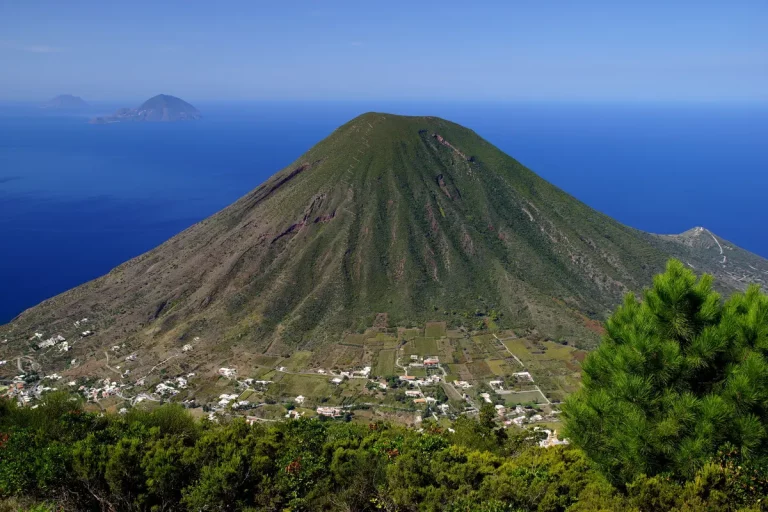
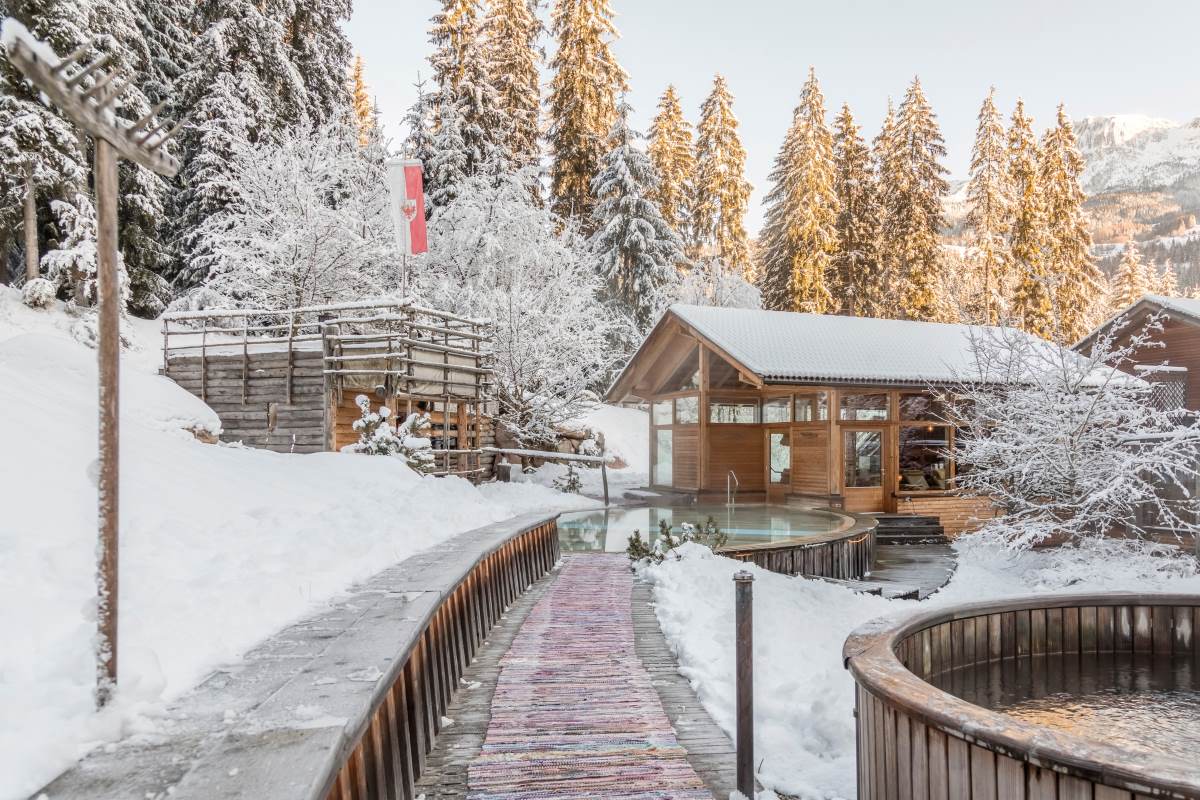 The alpine hotel where you can enjoy outstanding mountain cuisine
The alpine hotel where you can enjoy outstanding mountain cuisine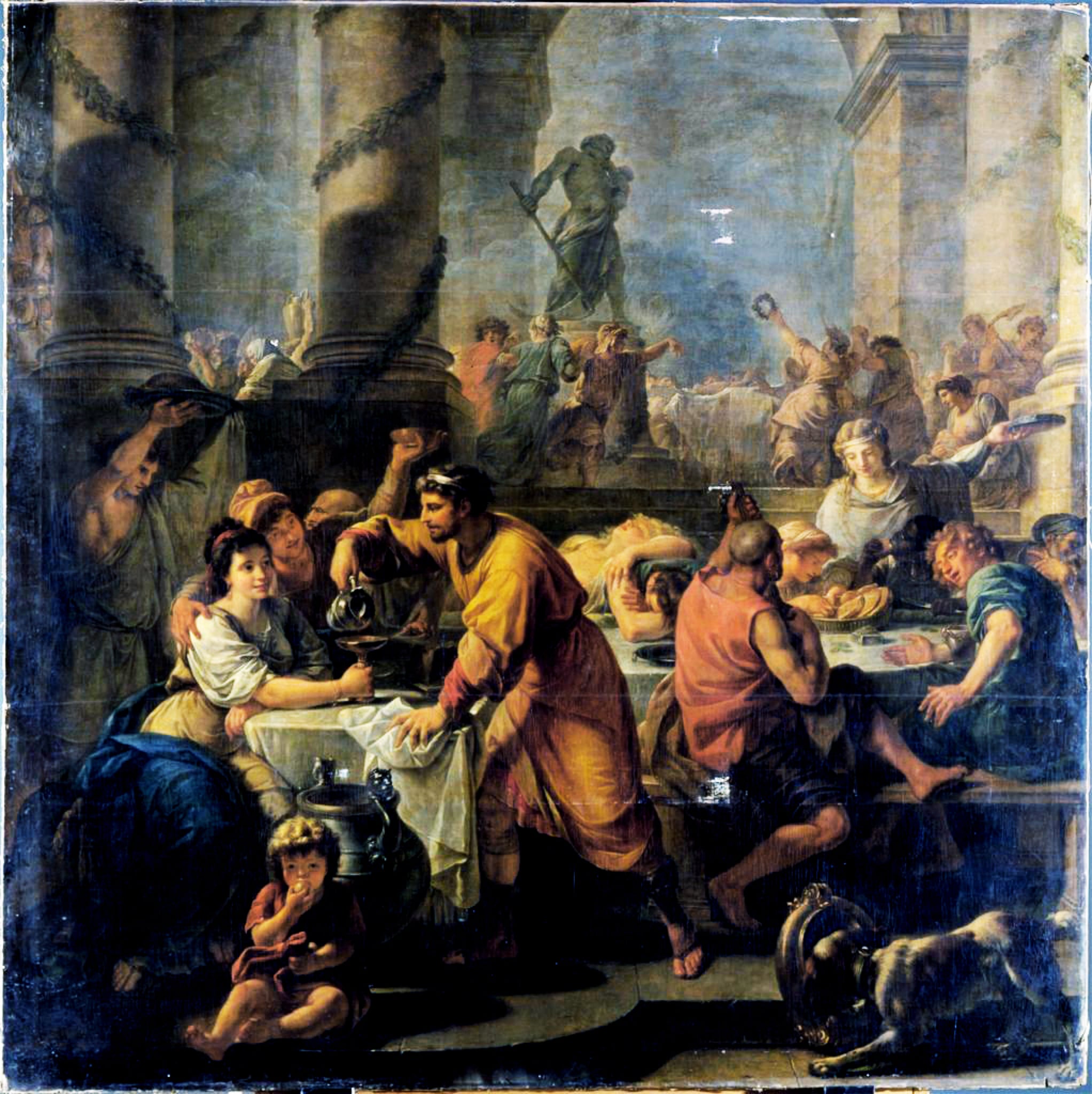 Io Saturnalia! How to celebrate the festive season like an Ancient Roman
Io Saturnalia! How to celebrate the festive season like an Ancient Roman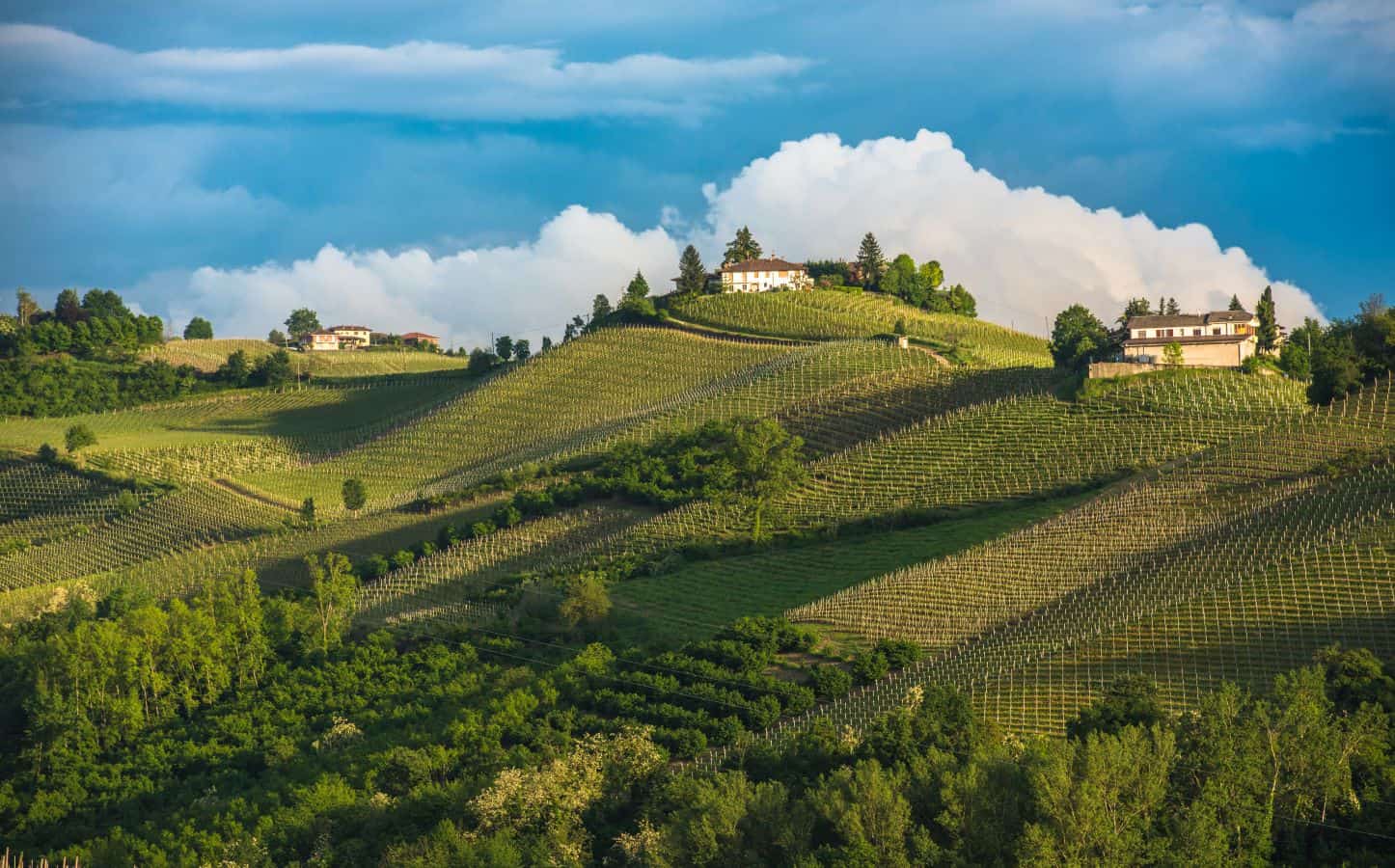 The UNESCO effect: tourism is growing, but there is a risk of losing identity
The UNESCO effect: tourism is growing, but there is a risk of losing identity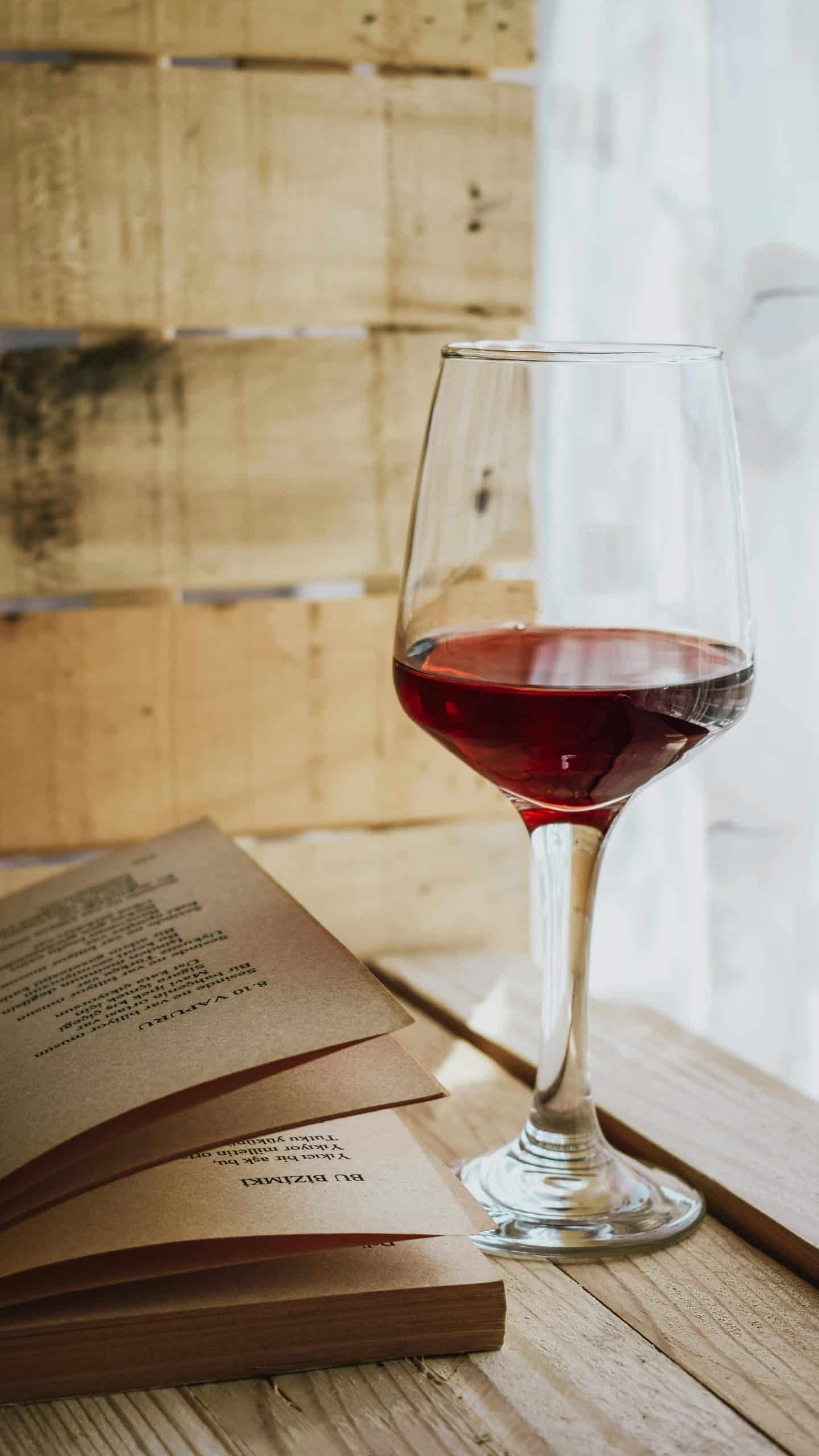 The perfect pairing? Wine and books
The perfect pairing? Wine and books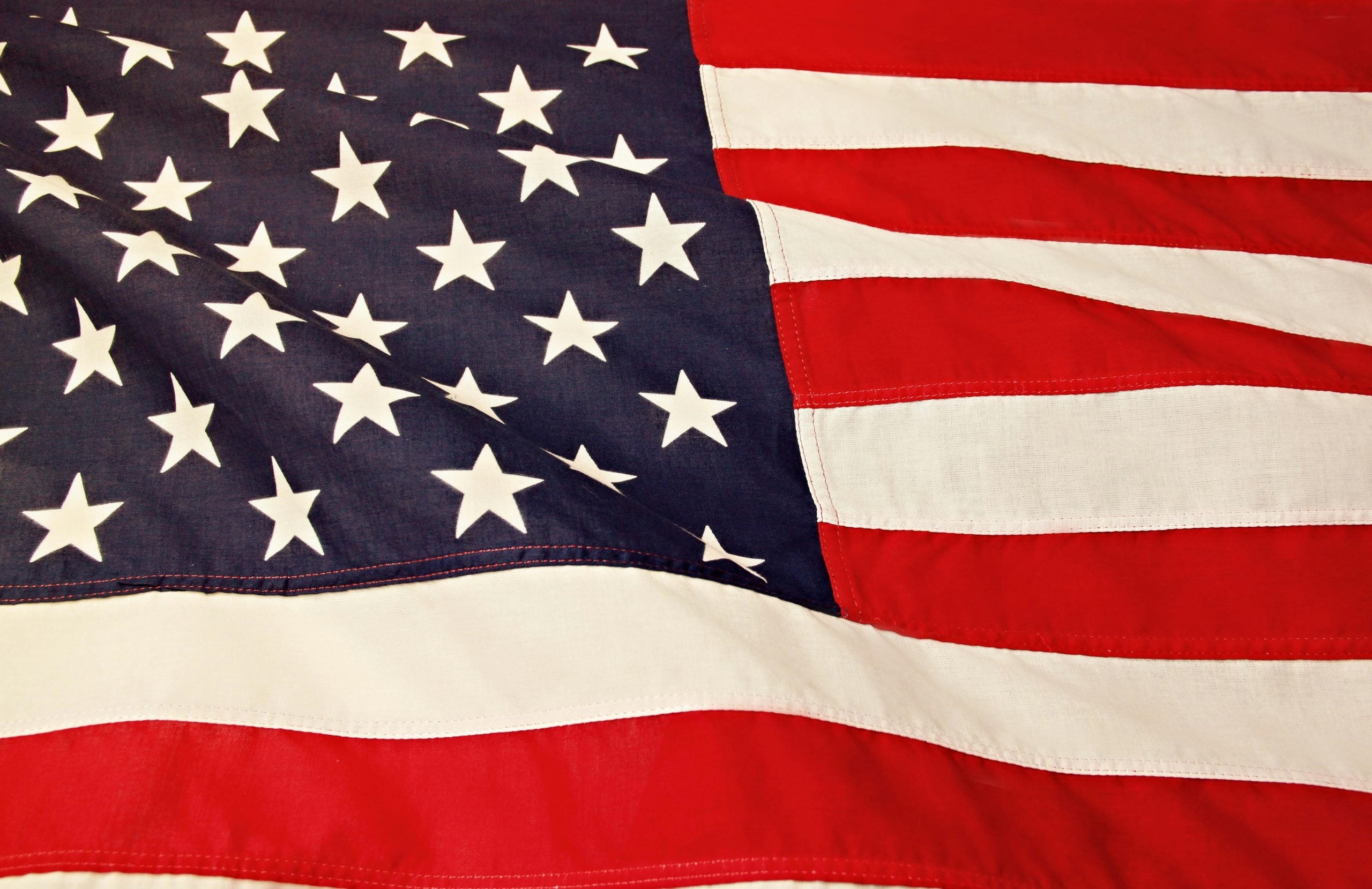 2025 was the year of Trump's tariffs – will 2026 be better for Italian wine in the US?
2025 was the year of Trump's tariffs – will 2026 be better for Italian wine in the US?